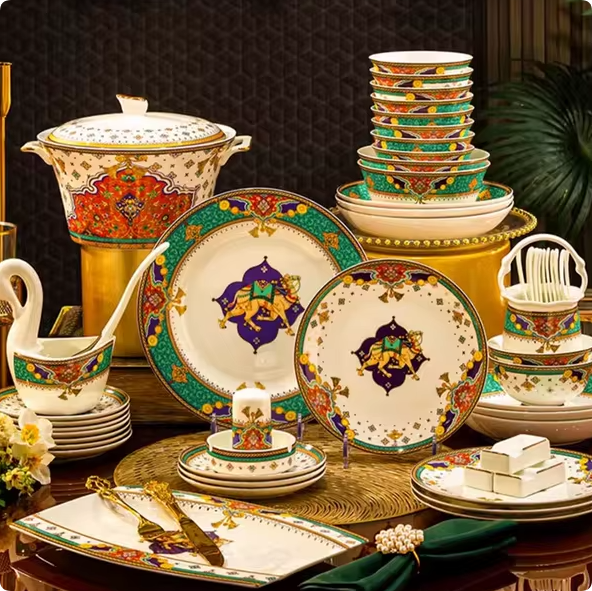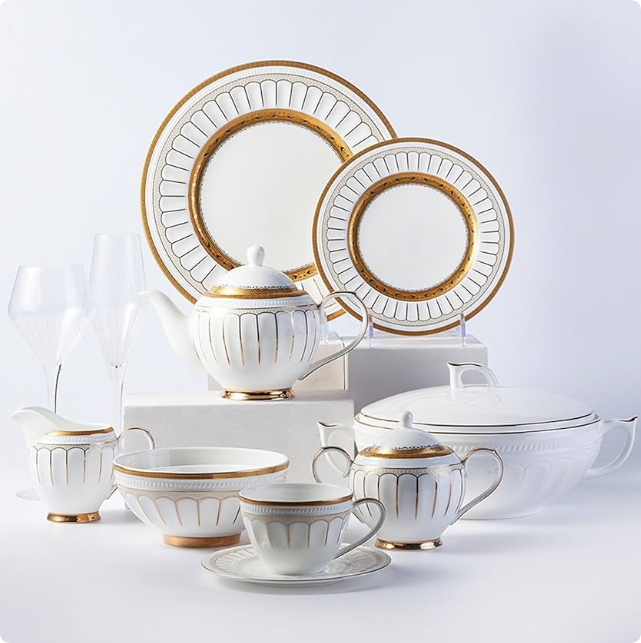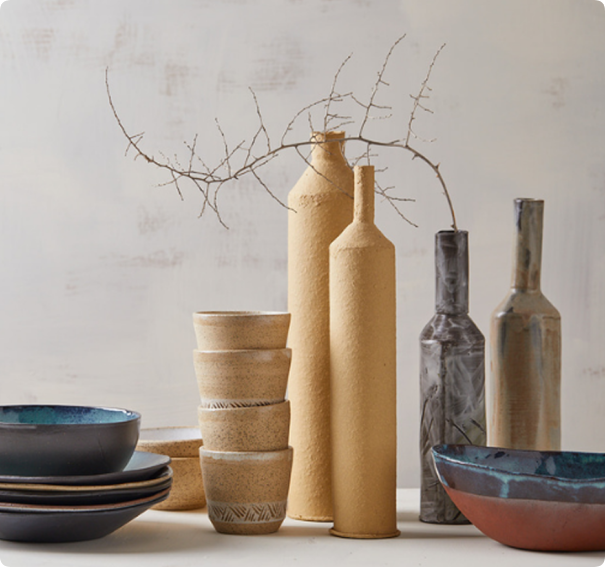The global ceramic tableware industry has experienced significant transformations in recent years. Among the regions leading this change, the Middle East has emerged as a key player, rapidly shaping the future of the industry. With its growing economy, evolving consumer preferences, and an increasing focus on luxury and design, the Middle East is influencing ceramic tableware trends and driving the global market toward innovation and sustainability.
As a ceramic manufacturer based in China, EKA understands the importance of adapting to these emerging trends. With the region’s growing demand for high-quality and aesthetically pleasing products, there are immense opportunities for global suppliers, such as EKA, to tap into this dynamic market. This article explores how the Middle East is becoming a key player in the global ceramic tableware industry, the factors driving this shift, and how companies can capitalize on this growing demand.
1. Economic Growth and Consumer Spending in the Middle East
One of the most significant drivers behind the Middle East’s influence on the global ceramic tableware industry is its robust economic growth. Many countries in the region, including the UAE, Saudi Arabia, and Qatar, have seen impressive GDP growth rates in recent years. This economic boom, driven by diversification efforts away from oil dependency and expansion in industries like tourism, retail, and real estate, has led to an increase in disposable income among consumers.
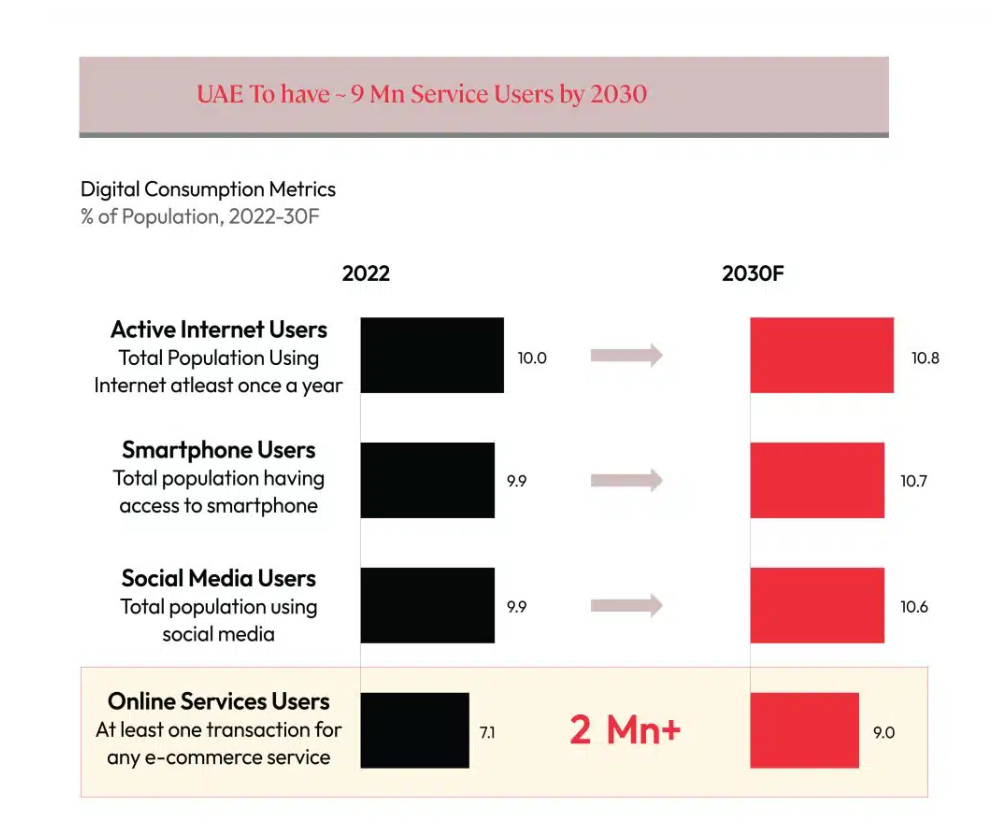
The rise of the middle class, coupled with a growing population, has stimulated consumer spending on luxury goods, including high-quality ceramic tableware. More than just functional items, consumers in the Middle East now view tableware as a key element of home decor, with a strong preference for designer, durable, and aesthetic products.
Table: Economic Indicators and Their Impact on Ceramic Tableware Demand in the Middle East
| Country | GDP Growth Rate (2024) | Population (2024) | Middle-Class Growth | Impact on Ceramic Tableware Demand |
|---|---|---|---|---|
| UAE | 4.5% | 9.5 million | 15% annually | Increased demand for premium ceramic tableware for upscale homes |
| Saudi Arabia | 3.3% | 35 million | 8% annually | Rising demand for luxury and functional ceramic products |
| Qatar | 2.8% | 2.8 million | 10% annually | Increased interest in high-end, custom ceramic tableware |
| Kuwait | 2.1% | 4.6 million | 6% annually | Growing demand for decorative and durable ceramic tableware |
| Bahrain | 2.0% | 1.7 million | 7% annually | More consumers seeking premium ceramic dinnerware |
As indicated in the table, the growing middle class and rising disposable income in these countries are creating substantial demand for high-end ceramic products, including dinnerware, serving ware, and decorative tableware. The Middle East’s strong economic growth is directly linked to an increase in consumer demand for luxury and designer ceramics.
2. Evolving Consumer Preferences and the Rise of Luxury Tableware
Middle Eastern consumers are increasingly shifting toward luxury and designer tableware products. While traditional pottery and tableware have long been integral to regional culture, the growing number of affluent consumers is pushing the demand for high-end ceramics. These consumers are looking for unique, premium-quality products that align with their sophisticated tastes and the opulence of their homes.
Ceramic tableware has become a symbol of elegance and style in many Middle Eastern households, particularly in the UAE and Qatar. There is a marked preference for handcrafted ceramics, as well as custom-designed pieces that reflect the individuality of the consumer. In addition to aesthetics, durability, functionality, and health-conscious materials such as lead-free, non-toxic ceramics are gaining importance.
Key Factors Driving the Rise of Luxury Ceramic Tableware in the Middle East:
- Increasing Wealth and Disposable Income: The growth of the middle and upper classes in the region has led to an increased appetite for premium and luxury kitchen products.
- Emphasis on Aesthetics and Design: Consumers are moving toward ceramic tableware that not only serves its purpose but also adds beauty to their dining experiences.
- Cultural Significance: As food and hospitality play a crucial role in Middle Eastern cultures, owning high-quality and elegant ceramic tableware has become a cultural symbol.
- Sustainability Concerns: With increasing awareness about sustainability, consumers are turning to ceramics made from eco-friendly materials.
3. Ceramic Tableware Design Trends in the Middle East
In addition to the growing demand for luxury, there are specific preferences in terms of color, shape, material, and packaging that define the region’s ceramic tableware market.
- Color Preferences: Middle Eastern consumers tend to prefer rich, warm, and earthy tones for their ceramic tableware. Colors such as gold, bronze, deep blue, emerald green, and terracotta are particularly popular. These hues reflect the region’s cultural ties to opulence and are often used to add an element of luxury to home settings.
- Shape Trends: Round and curved shapes are favored for dinner plates, bowls, and serving dishes. These shapes reflect the importance of harmony and tradition in the region. Additionally, intricate designs and detailed patterns, often inspired by Islamic art and Middle Eastern heritage, are prevalent in both casual and luxury ceramics.
- Material Preferences: High-quality stoneware and porcelain are the most common materials used in Middle Eastern ceramic tableware. Stoneware’s durability and porcelain’s elegance make them the top choices for households looking for functional yet beautiful products.
- Packaging and Presentation: Packaging plays a crucial role in the Middle Eastern market, particularly for high-end ceramics. Elegant, premium packaging with decorative elements such as gold embossing or velvet lining is commonly used to enhance the luxury experience. This attention to packaging also plays a role in the region’s strong gift-giving culture.
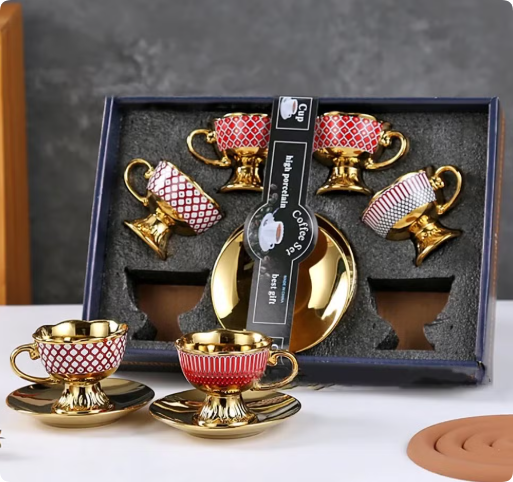
4. The Role of E-commerce and Online Shopping
E-commerce has had a transformative effect on the way Middle Eastern consumers purchase ceramic tableware. Online shopping platforms such as Amazon.ae, Noon, and Souq.com have made it easier for consumers to access global ceramic brands from the comfort of their homes. These platforms also allow consumers to compare prices, styles, and designs from a wide variety of suppliers, making it easier for them to make informed decisions.
The rise of social media platforms, such as Instagram and Pinterest, has further influenced purchasing decisions, as consumers are exposed to visually appealing designs and trends from influencers and global designers. As a result, ceramic tableware brands are increasingly focusing on creating products that are not only of the highest quality but also visually stunning, in order to stand out in a crowded online marketplace.
E-commerce Trends Impacting Ceramic Tableware in the Middle East:
- Wider Access to Global Brands: Online shopping platforms provide consumers in the Middle East with access to international ceramic tableware brands that were previously unavailable in local markets.
- Influence of Social Media: Platforms like Instagram and Pinterest are increasingly driving consumer interest in unique and visually attractive ceramic designs.
- Convenience and Quick Delivery: The demand for fast delivery and hassle-free returns is reshaping how consumers buy ceramic tableware in the Middle East.
5. Leading Ceramic Tableware Brands in the Middle East
Several ceramic brands have made a significant impact in the Middle Eastern market. Here are five notable ceramic tableware brands that reflect the growing demand for luxury and designer ceramics in the region:
- Royal Worcester
Known for its timeless porcelain designs, Royal Worcester offers high-end ceramic tableware that blends traditional craftsmanship with modern aesthetics. Their products are highly sought after in the Middle East for both everyday use and special occasions. - Bavaria Porcelain
A leading brand in the region, Bavaria Porcelain is known for its premium-quality porcelain dinnerware. The brand’s elegant designs and exquisite craftsmanship have earned it a loyal following among Middle Eastern consumers. - Lenox
Lenox offers a wide range of ceramic tableware that is popular in the Middle East for its fusion of contemporary and classic designs. Their fine china sets are particularly prized for their durability and luxury appeal.
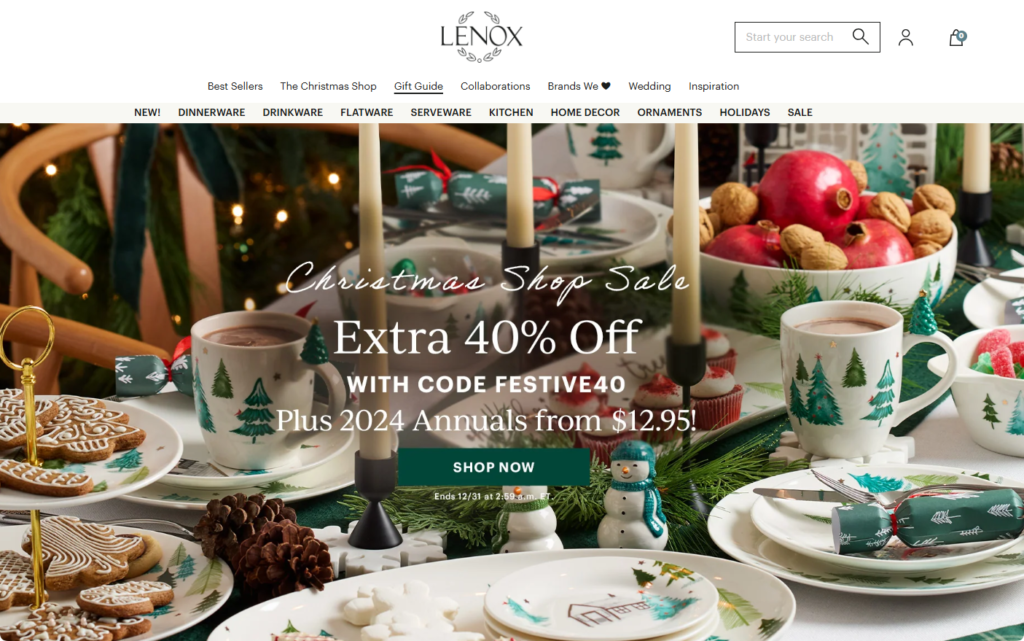
- Villeroy & Boch
A renowned brand with a global reputation, Villeroy & Boch is famous for its luxurious ceramic tableware collections. In the Middle East, it is favored for its sophisticated designs, high-quality materials, and functional pieces. - Sambonet
Sambonet is a premium Italian brand known for its elegant ceramic tableware, often designed with intricate patterns and bold colors. The brand has become a favorite in the Middle East for its upscale designs and attention to detail.
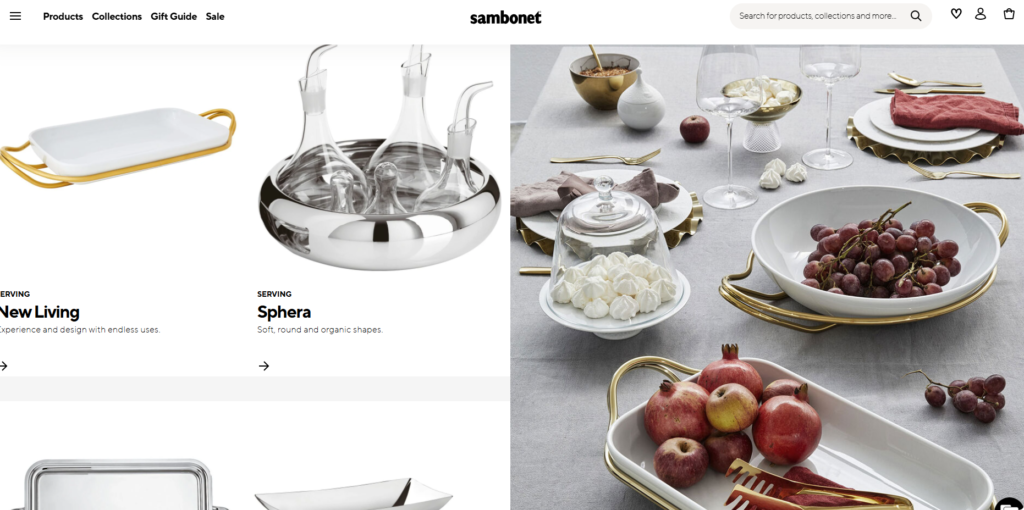
6. How EKA Can Capitalize on the Middle Eastern Market
As a leading ceramic manufacturer, EKA has the opportunity to tap into the growing Middle Eastern market by focusing on the following strategies:
- Offer Custom Designs for Luxury Consumers: EKA can work with local retailers and interior designers to offer exclusive, customized ceramic tableware products for high-end consumers in the Middle East.
- Focus on Durability and Functionality: EKA should continue to prioritize the production of durable, high-quality ceramics that meet the region’s increasing demand for functional yet elegant products.
- Sustainability Initiatives: By focusing on eco-friendly materials and production processes, EKA can cater to the growing demand for sustainable products in the Middle Eastern market.
- Collaborate with E-commerce Platforms: EKA can leverage the growing popularity of e-commerce platforms to reach a wider audience by partnering with leading Middle Eastern online retailers.
Conclusion
The Middle East is quickly becoming a major player in the global ceramic tableware industry. The region’s economic growth, evolving consumer preferences, and increasing demand for luxury and customized products are reshaping the global market. By understanding these trends and adjusting their strategies, companies like EKA can take advantage of the rising demand for high-quality ceramic tableware in the Middle East and further establish their presence as global leaders in the industry. Through innovation, sustainability, and collaboration with local retailers and e-commerce platforms, EKA can position itself for success in this dynamic and rapidly growing market.

